About the Department
The Department of Electronics and Communication Engineering (ECE) was established in the year 1995 with the vision of developing the department as a Centre of Excellence in R&D, in the field of Electronics and Communication Engineering and make the students blossom into meritorious and self-disciplined engineers by hard work.
Our mission is to develop innovative and simple instructional material to drive the concepts into the minds of students and infuse scientific temper in the students and guide them towards research in communication engineering. It is also to grow a committed group of competent teachers striving for excellence, be it in teaching or research and to develop Collaborative Research and Development linkages with leading organizations in India and abroad.
The Department has been accredited by NBA (National Board of Accreditation) in the year 2011. It is also ISO9001 certified. The department is well-equipped with the state-of-art laboratories.
Our department has consistently accomplished a high academic record for all these years, with more than 60% of them securing first class with distinction. They also secure university ranks on regular basis. The overall result of our department is one amongst the best in the university.
For encouraging para technical activities, the Association of Electronics and Communication Engineering has been established.
The students are also encouraged to participate in Paper Presentation, Quiz Programme and Project Exhibition organized by other educational intuitions. The staffs are sponsored to participate in the seminars, conferences and other short term training programmes organized by AICTE, ISTE etc to update their knowledge in the subject.
PROGRAMME EDUCATIONAL OBJECTIVES (PEOs):
- To enable graduates to develop solutions to real world problems in the frontier areas of Applied Electronics.
- To enable the graduates to adapt to the latest trends in technology through selflearning and to pursue research to meet out the demands in industries and Academia.
- To enable the graduates to exhibit leadership skills and enhance their abilities through lifelong learning.
- To become entrepreneurs to develop indigenous solutions.
PROGRAM OUTCOMES (POS):
- Engineering Knowledge:Engineering Knowledge: Apply the knowledge of mathematics, science, engineering fundamentals and an engineering specialization to the solution of complex engineering problems.
- Problem Analysis:Identify, formulate, review research literature, and analyze complex engineering problems reaching substantiated conclusions using first principles of mathematics, natural sciences, and engineering sciences.
- Design / Development of solutions:Design solutions for complex engineering problems and design system components or processes that meet the specified needs with appropriate consideration for the public health and safety, and the cultural, societal, and environmental considerations.
- Conduct investigations of complex problems:Use research-based knowledge and research methods including design of experiments, analysis and interpretation of data, and synthesis of the information to provide valid conclusions.
- Modern tool usage:Create, select, and apply appropriate techniques, resources, and modern engineering and IT tools including prediction and modeling to complex engineering activities with an understanding of the limitations.
- The engineer and society:Apply reasoning informed by the contextual knowledge to assess societal, health, safety, legal and cultural issues and the consequent responsibilities relevant to the professional engineering practice.
- Environment and sustainability:Understand the impact of the professional engineering solutions in societal and environmental contexts, and demonstrate the knowledge of, and need for sustainable development.
- Ethics:Apply ethical principles and commit to professional ethics and responsibilities and norms of the engineering practice.
- Individual and team work:Function effectively as an individual and as a member or leader in diverse teams, and in multidisciplinary settings.
- Communication:Communicate effectively on complex engineering activities with the engineering community and with society at large, such as, being able to comprehend and write effective reports and design documentation, make effective presentations, and give and receive clear instructions.
- Project management and finance:Demonstrate knowledge and understanding of the engineering management principles and apply these to one’s own work, as a member and leader in a team, to manage projects and in multidisciplinary environments.
- Life-long learning:Demonstrate knowledge and understanding of the engineering management principles and apply these to one’s own work, as a member and leader in a team, to manage projects and in multidisciplinary environments.
PROGRAM SPECIFIC OUTCOMES (PSOs):
- To critically evaluate the design and provide optimal solutions to problem areas in advanced signal processing, Consumer and automotive systems, embedded systems and VLSI design.
- To enhance and develop electronic systems, protocols between circuits using modern engineering hardware and software tools.
- To work professionally and ethically in applied electronics and related areas.
- To acquire knowledge of fundamentals of power electronics, power management, wireless, power supply circuits, RF circuits and FPGA circuits.
Programmes offered by the Department are :
- B.E. in Electronics and Communication Engineering
- M.E. in Applied Electronics
Student Namelist
| S.No | Register No. | Name |
|---|---|---|
| 1 | 112021401001 | ARTHI K |
| 2 | 112021401002 | BADRIESH K R |
| 3 | 112021401003 | BRINDA MARTINA M |
| 4 | 112021401004 | KETHARANI.B |
| 5 | 112021401005 | NANDHINI.B |
| 6 | 112021401006 | SARAN G |
| 7 | 112021401007 | SOWNDHARYA G |
| 8 | 112021401008 | SREEJA M |
| 9 | 112021401009 | TAMIL SELVI M |
| S.NO | REGISTER NUMBER | NAME OF THE STUDENT |
|---|---|---|
| 1 | 110820401001 | VANA SUNDARI.M |
| 2 | 110820401002 | YOGESH RAJ.N.S |
| S.NO | REGISTER NUMBER | NAME OF THE STUDENT |
|---|---|---|
| 1 | 110818401001 | PAVITHRA.M |
| 2 | 110818401002 | PREMILA DEVI |
| 3 | 110818401003 | SANGEETHA.F |
COURSE OUTCOMES
REGULATION – 2017
| SEMESTER | THEORY/ PRACTICAL | SUB. CODE | SUB.NAME | COURSE OUTCOMES |
|---|---|---|---|---|
| I | THEORY | MA5152 | APPLIED MATHEMATICS FOR ELECTRONICS ENGINEERS | CO1:Concepts of fuzzy sets, knowledge representation using fuzzy rules, fuzzy logic, fuzzy prepositions and fuzzy quantifiers and applications of fuzzy logic. |
| CO2: Apply various methods in matrix theory to solve system of linear equations. | ||||
| CO3:Computation of probability and moments, standard distributions of discrete and continuous random variables and functions of a random variable. | ||||
| CO4:Exposing the basic characteristic features of a queuing system and acquire skills in analyzing queuing models. | ||||
| CO5:Using discrete time Markov chains to model computer systems. | ||||
| CO6:Conceptualize the principle of optimality and sub-optimization, formulation and computational procedure of dynamic programming | ||||
| I | THEORY | AP5151 | ADVANCED DIGITAL SYSTEM DESIGN | CO1:Analyze and design sequential digital circuits |
| CO2: Identify the requirements and specifications of the system required for a given application | ||||
| CO3:Design and use programming tools for implementing digital circuits of industry standards | ||||
| I | THEORY | AP5152 | ADVANCED DIGITAL SIGNAL PROCESSING | CO1:Formulate time domain and frequency domain description of Wide Sense Stationary process in terms of matrix algebra and relate to linear algebra concepts. |
| CO2:State W-K theorem, spectral factorization theorem, spectrum estimation, bias and consistency of estimators. | ||||
| CO3:Wiener filtering, LMS algorithms, Levinson recursion algorithm, applications of adaptive filters | ||||
| CO4: Decimation, interpolation, Sampling rate conversion, Applications of multirate signal processing | ||||
| I | THEORY | AP5191 | EMBEDDED SYSTEM DESIGN | CO1:Explain different protocols |
| CO2:Discuss state machine and design process models | ||||
| CO3: Outline embedded software development tools and RTOS | ||||
| I | THEORY | AP5101 | SENSORS, ACTUATORS AND INTERFACE ELECTRONICS | CO1:Compare Actuators |
| CO2: Evaluate digital sensors and semiconductor device sensors | ||||
| CO3:Discuss Self-generating sensors | ||||
| I | THEORY | AP5001 | COMPUTER ARCHITECTURE AND PARALLEL PROCESSING | CO1: Explain design of memory hierarchies |
| CO2: Assess Performance Issues and Synchronization issues | ||||
| CO3: Compare multicore architectures | ||||
| I | PRACTICAL | AP5111 | ELECTRONICS SYSTEM DESIGN LABORATORY I | CO1:Apply PIC, MSP430, ‘51 Microcontroller and 8086 for system design |
| CO2:Simulate QMF | ||||
| CO3:Design sensor using simulation tools | ||||
| CO4: Design and analyze of real time signal processing system | ||||
| II | THEORY | AP5251 | SOFT COMPUTING AND OPTIMIZATION TECHNIQUES | CO1:Implement machine learning through Neural networks. |
| CO2: Develop a Fuzzy expert system. | ||||
| CO3: Model Neuro Fuzzy system for clustering and classification. | ||||
| CO4:Able to use the optimization techniques to solve the real world problems | ||||
| II | THEORY | AP5252 | ASIC AND FPGA DESIGN | CO1:To analyze the synthesis, Simulation and testing of systems. |
| CO2:To apply different high performance algorithms in ASICs. | ||||
| CO3:To discuss the design issues of SOC. | ||||
| II | THEORY | AP5291 | HARDWARE - SOFTWARE CO-DESIGN | CO1:To assess prototyping and emulation techniques |
| CO2:To compare hardware / software co-synthesis. | ||||
| CO3:To formulate the design specification and validate its functionality by simulation | ||||
| II | THEORY | AP5292 | DIGITAL IMAGE PROCESSING | CO1:To discuss image enhancement techniques |
| CO2:To explain color image processing | ||||
| CO3:Compare image compression schemes | ||||
| II | THEORY | AP5004 | HIGH PERFORMANCE NETWORKS | CO1: Discuss advanced networks concepts |
| CO2: Outline traffic modeling | ||||
| CO3: Evaluate network security | ||||
| II | THEORY | AP5073 | RF SYSTEM DESIGN | CO1: The student after completing this course must be able to translate the top level wireless communications system specifications into block level specifications of the RFE. |
| CO2: The student should be also able to carry out transistor level design of the entire RFE | ||||
| II | PRACTICAL | AP5211 | ELECTRONICS SYSTEM DESIGN LABORATORY II | CO1:Utilize ARM with FPGA |
| CO2:Demonstrate design of ALU in FPGA using VHDL and Verilog | ||||
| CO3:Assess flash controller programming - data flash with erase, verify and fusing | ||||
| CO4: Explain design, simulation and analysis of signal integrity | ||||
| II | THEORY | CP5281 | TERM PAPER WRITING AND SEMINAR | CO1: Students will develop their scientific and technical reading and writing skills that they need to understand and construct research articles. |
| CO2: A term paper requires a student to obtain information from a variety of sources (i.e., Journals, dictionaries, reference books) and then place it in logically developed ideas. | ||||
| III | THEORY | AP5301 | ADVANCED MICROPROCESSORS AND MICROCONTROLLERS ARCHITECTURES | CO1:To explain the features and important specifications of modern microprocessors |
| CO2:To explain the salient features CISC microprocessors based on IA-32 bit and IA-64 bit architectures | ||||
| CO3:To explain the salient features RISC processors based on ARM architecture and different application profiles of ARM core | ||||
| CO4:To explain the features and important specifications of modern microcontrollers | ||||
| CO5: To explain about ARM – M3 architecture and its salient features | ||||
| III | THEORY | CP5292 | INTERNET OF THINGS | CO1:Analyze various protocols for IoT |
| CO2:Develop web services to access/control IoT devices. | ||||
| CO3: Design a portable IoT using Rasperry Pi | ||||
| CO4:Deploy an IoT application and connect to the cloud. | ||||
| CO5: Analyze applications of IoT in real time scenario | ||||
| III | THEORY | VL5091 | MEMS AND NEMS | CO1:Discuss micro sensors |
| CO2:Explain micro actuators | ||||
| CO3:Outline nanosystems and Quantum mechanics |
REGULATION – 2013
| SEMESTER | THEORY/ PRACTICAL | SUB. CODE | SUB.NAME | COURSE OUTCOMES |
|---|---|---|---|---|
| I | THEORY | MA7157 | Applied Mathematics for Electronics Engineers | Concepts of fuzzy sets, knowledge representation using fuzzy rules, fuzzy logic, fuzzy prepositions and fuzzy quantifiers and applications of fuzzy logic. |
| Apply various methods in matrix theory to solve system of linear equations. | ||||
| Computation of probability and moments, standard distributions of discrete and continuous random variables and functions of a random variable. | ||||
| Exposing the basic characteristic features of a queuing system and acquire skills in analyzing queuing models. | ||||
| Using discrete time Markov chains to model computer systems. | ||||
| Conceptualize the principle of optimality and sub-optimization, formulation and computational procedure of dynamic programming | ||||
| THEORY | AP7101 | Advanced Digital Signal Processing | To design adaptive filters for a given application | |
| To design multirate DSP systems. | ||||
| THEORY | AP7102 | Advanced Digital Logic System Design | To analyze synchronous and asynchronous sequential circuits | |
| To realize and design hazard free circuits | ||||
| To familiarize the practical issues of sequential circuit design | ||||
| To gain knowledge about different fault diagnosis and testing methods | ||||
| To estimate the performance of digital systems | ||||
| To know about timing analysis of memory and PLD | ||||
| THEORY | AP7103 | Advanced Microprocessor and Microcontroller | To familiarize the fundamental concepts of microprocessor architecture. | |
| To gain knowledge about high performance CISC and RISC architectures. | ||||
| To study about 8 bit Microcontrollers viz. 68HC11 | ||||
| THEORY | AP7001 | Elective - I - Computer Architecture and Parallel Processing | To understand the difference between the pipeline and parallel concepts. | |
| To study the various types of architectures and the importance of scalable architectures. | ||||
| To study the various memories and optimization of memory . | ||||
| THEORY | VL7201 | CAD for VLSI Circuits | To study various physical design methods in VLSI. | |
| To understand the concepts behind the VLSI design rules and routing techniques. | ||||
| To use the simulation techniques at various levels in VLSI design flow | ||||
| To understand the concepts of various algorithms used for floor planning and routing techniques | ||||
| PRACTICAL | AP7111 | Electronics System Design Laboratory I | Apply PIC, MSP430, ‘51 Microcontroller and 8086 for system design | |
| Simulate QMF | ||||
| Design sensor using simulation tools | ||||
| Design and analyze of real time signal processing system | ||||
| II | THEORY | AP7201 | Analysis and Design of Analog Integrated Circuits | To design the single stage amplifiers using pmos and nmos driver circuits with different loads. |
| To analyze high frequency concepts of single stage amplifiers and noise characteristics associated with differential amplifiers | ||||
| To study the different types of current mirrors and to know the concepts of voltage and current reference circuits. | ||||
| To study the design flow of different types of ASIC. | ||||
| THEORY | AP7202 | ASIC and FPGA Design | To familiarize the different types of programming technologies and logic devices. | |
| To learn the architecture of different types of FPGA | ||||
| To gain knowledge about partitioning, floor planning, placement and routing including circuit extraction of ASIC | ||||
| To understand the design issues of SOC | ||||
| To know about different high performance algorithms and its applications in ASICs. | ||||
| To analyse the synthesis, Simulation and testing of systems. | ||||
| THEORY | AP7203 | Embedded Systems | To afford awareness about Hardware and software design architecture for embedded processors with real time examples. | |
| To learn various techniques of system design | ||||
| THEORY | CP7103 | Multicore Architectures | Identify the limitations of ILP and the need for multicore architectures | |
| Discuss the issues related to multiprocessing and suggest solutions | ||||
| Point out the salient features of different multicore architectures and how they exploit parallelism | ||||
| Discuss the architecture of GPUs, warehouse-scale computers and embedded processors | ||||
| Critically analyze the different types of inter connection networks | ||||
| THEORY | AP7009 | RF System Design | To learn the importance and issues in the design of RF | |
| To design RF filter and RF amplifier | ||||
| To study about the characteristics of oscillators, mixers, PLL, wireless synthesizers and detector circuits | ||||
| THEORY | NC7101 | High Performance Networks | To develop a comprehensive understanding of multimedia networking. | |
| To study the types of VPN and tunneling protocols for security. | ||||
| To learn about network security in many layers and network management | ||||
| PRACTICAL | AP7211 | Electronics System Design Laboratory II | Utilize ARM with FPGA | |
| Demonstrate design of ALU in FPGA using VHDL and Verilog | ||||
| Assess flash controller programming - data flash with erase, verify and fusing | ||||
| Explain design, simulation and analysis of signal integrity | ||||
| III | THEORY | AP7301 | Electromagnetic Interference and Compatibility | To design a EMI free system |
| To design high speed Printed Circuit board with minimum interference | ||||
| To reduce system level crosstalk | ||||
| To make our world free from unwanted electromagnetic environment | ||||
| THEORY | VL7301 | Testing of VLSI Circuits | To know the various types of faults and also to study about fault detection, dominance. | |
| To know the concepts of the test generation methods-DFT-BIST. | ||||
| To understand the fault diagnosis methods | ||||
| THEORY | CU7002 | MEMS and NEMS | To introducing the concepts of microelectromechanical devices. | |
| To know the fabrication process of Microsystems. | ||||
| To know the design concepts of micro sensors and micro actuators. | ||||
| To introducing concepts of quantum mechanics and nano systems |

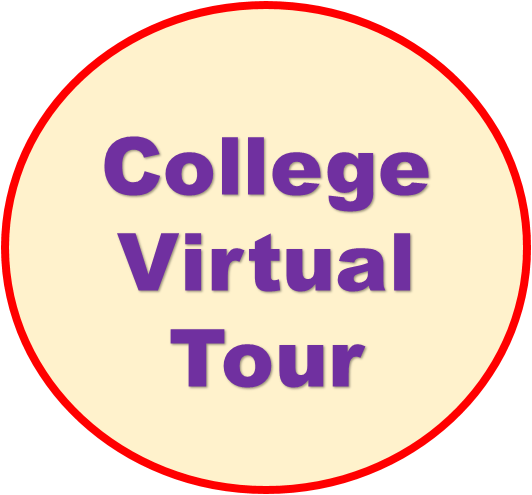
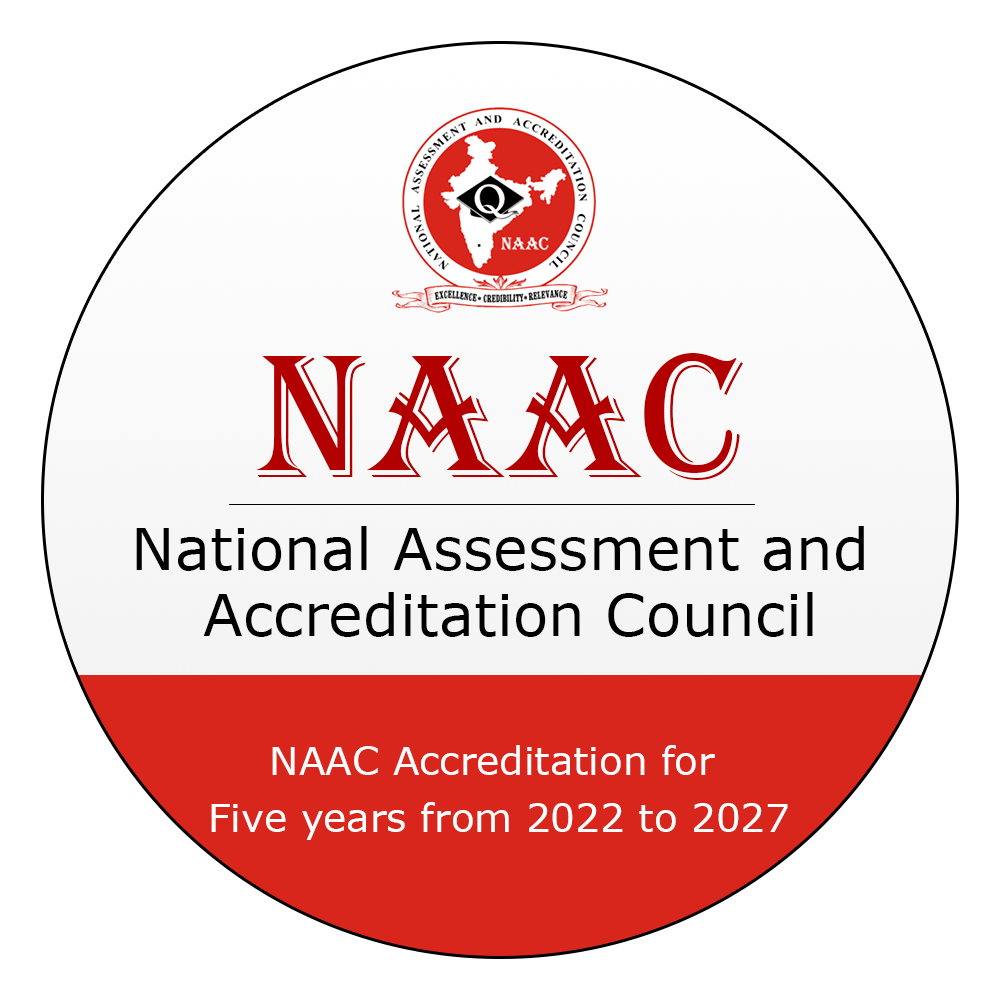
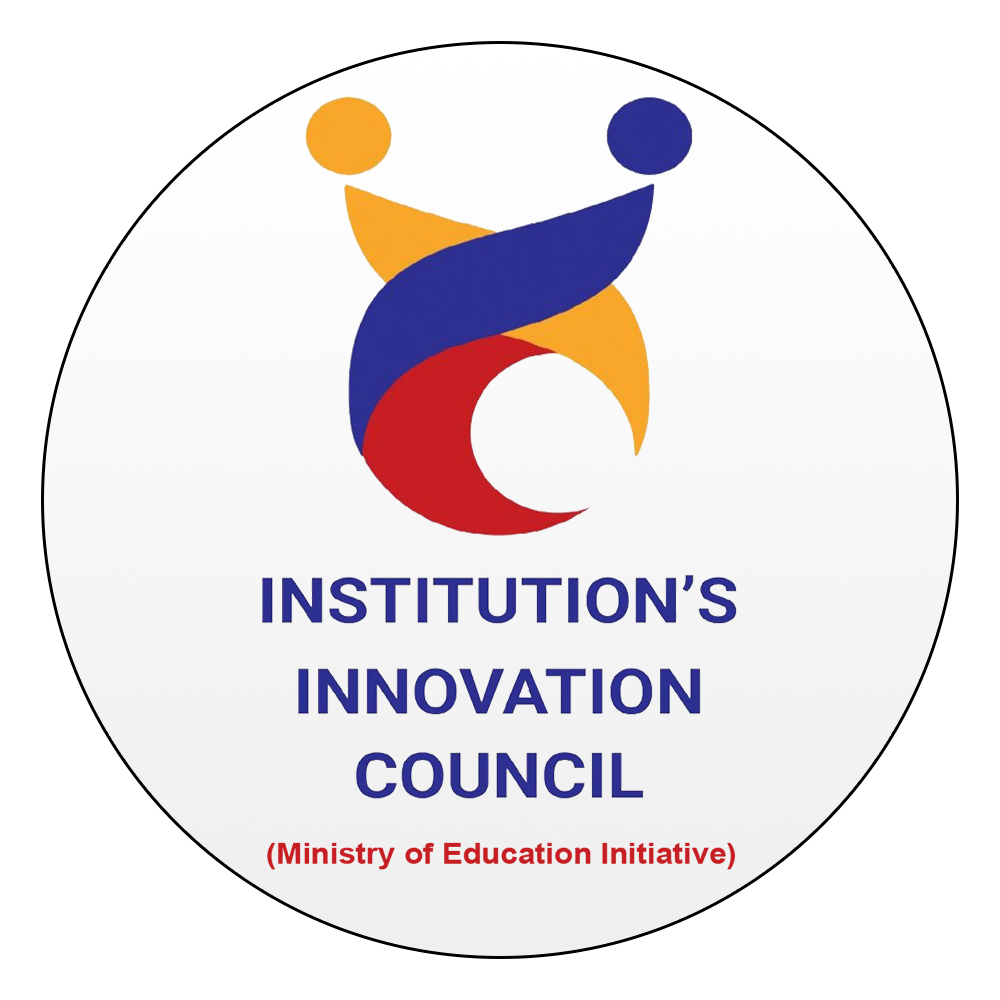
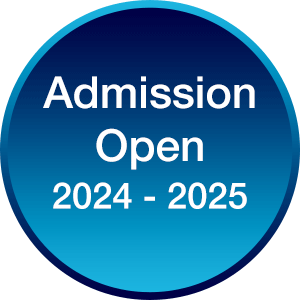
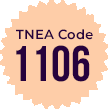


For Online Grievance : onlinegrievance@jec.ac.in